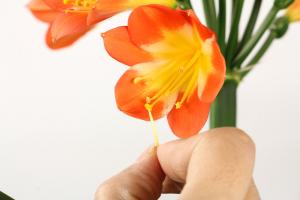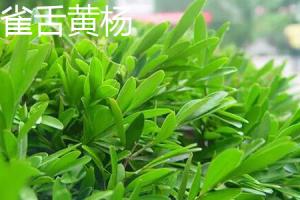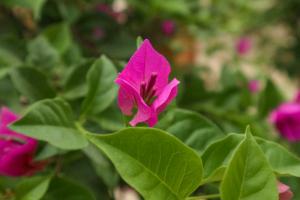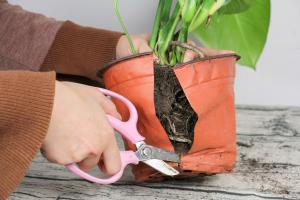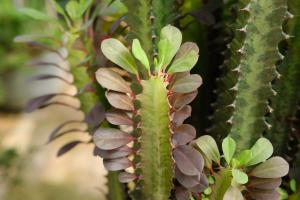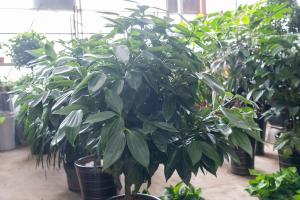Leaf blight, also known as leaf blight, is commonly seen in plants and often occurs after autumn. The disease is generally manifested in the leaf tip and leaf edge, especially in the leaves below the plant. Most of the diseases are caused by humid and high temperature air and poor ventilation. Especially in the case of weak plant growth, what are the prevention and control methods of leaf blight in autumn? Let's take a look.
Control methods of leaf blight after autumn
Remove diseased leaves
After autumn, if the diseased leaves are found, the diseased leaves of the plants must be treated in time, and it is best to destroy them to avoid the source of infection

Cultivation management
To do a good job in strengthening cultivation and management, it is best not to favor the use of nitrogen fertilizer and achieve the balanced use of nitrogen and phosphorus fertilizers. It is recommended to avoid ponding when the soil is dry. Maintain air circulation, do a good job in indoor ventilation, and enhance the resistance of plants

Drug prevention
In the high-temperature and humid environment after autumn, regular spraying should be carried out to prevent the occurrence of diseases. 75% wettable powder can be used for 500 to 800 times, and the effect is the best. The spraying time is once a week, two to three times in succession. If the disease has occurred, then use 25% carbendazim wettable powder 200 to 300 times, once every 7 to 10 days, and stop using it until the disease is relieved.



 jackfruit
jackfruit snake plant
snake plant hibiscus
hibiscus hydrangea
hydrangea lavender
lavender Green roses climb al...
Green roses climb al... If you don't pay att...
If you don't pay att... Management of four g...
Management of four g...